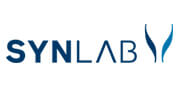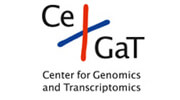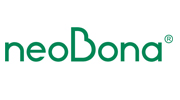LAB HOURS: MON - THU and SAT : 9:00 AM to 9:00 PM
FRI and SUN : 9:00 AM to 6:00 PM

Thalassemia
Beta-Thalassemia is an inherited hemoglobinopathy with increased HbA2 and HbF leading to a distinct hypochromic anemia in most cases. Thalassemias are classified according to clinical symptoms and to distinct hemoglobin defects.
Clinical classification:
Thalassemia minor: Heterozygous carriers, slight beta-thalassemia, mostly increased HbA2; temporary or minimal subicterus, moderate hepatosplenomegaly, typical blood differential: microcytosis, hypochromasia, poikilocytosis and target cells. Signs of increased hemolysis: reticulocytes, LDH and indirect bilirubin increased, haptoglobin decreased. Prognosis: good.
Thalassemia major: Homozygous offspring, i.e. both parents are heterozygous carriers, severe beta-thalassemia with overproduction of HbF (up to > 95%), (whereas the homozygous a-form mostly leads to intrauterine death or severe connatal hydrops), symptoms start in infancy and early childhood. Lethal outcomes are observed at an early stage; erythroblastosis (megalo- and paraerythroblasts, reticulocytosis, basophil punctures), leukocytosis, delayed growth, hepatosplenomegaly, turricephaly or round skull (radiograph picture: »hair-on-end appearance«). The patients require transfusions. The increased metabolism of erythrocytes leads to hemosiderosis and hemochromatosis with mental and physical retardation and pubertas tarda. Only few of the affected patients reach adolescence. Early manifestation of the disorder is associated with poor prognosis.
Sample Reports:
Download Alpha-Thalassemia MLPA
Download Alpha-Thalassemia sequencing
Download Beta-Thalassemia MLPA
Download Beta-Thalassemia sequencing

Lab hours
MON - THU and SAT 9:00 AM to 9:00 PM | FRI and SUN : 9:00 AM to 6:00 PM













